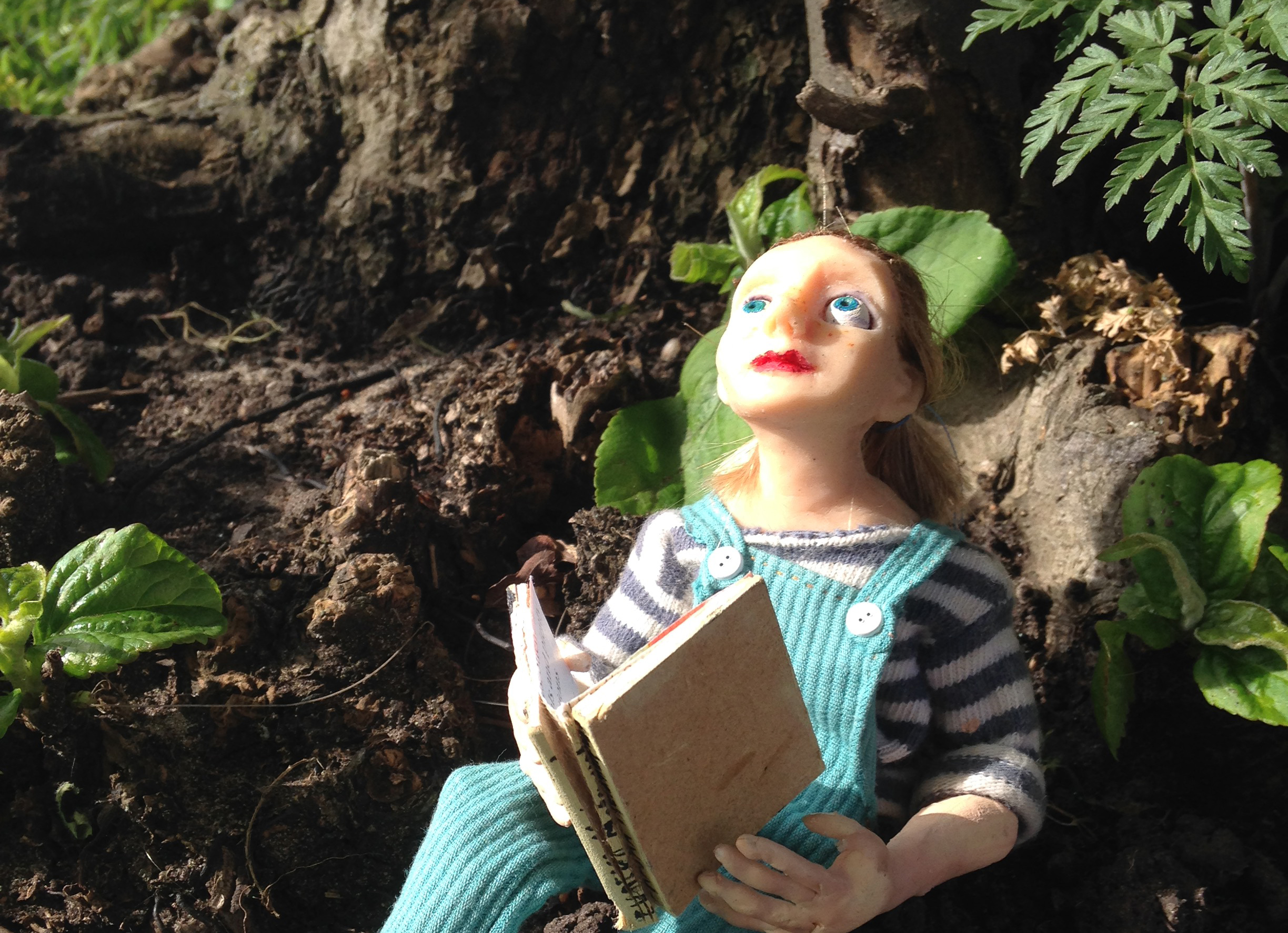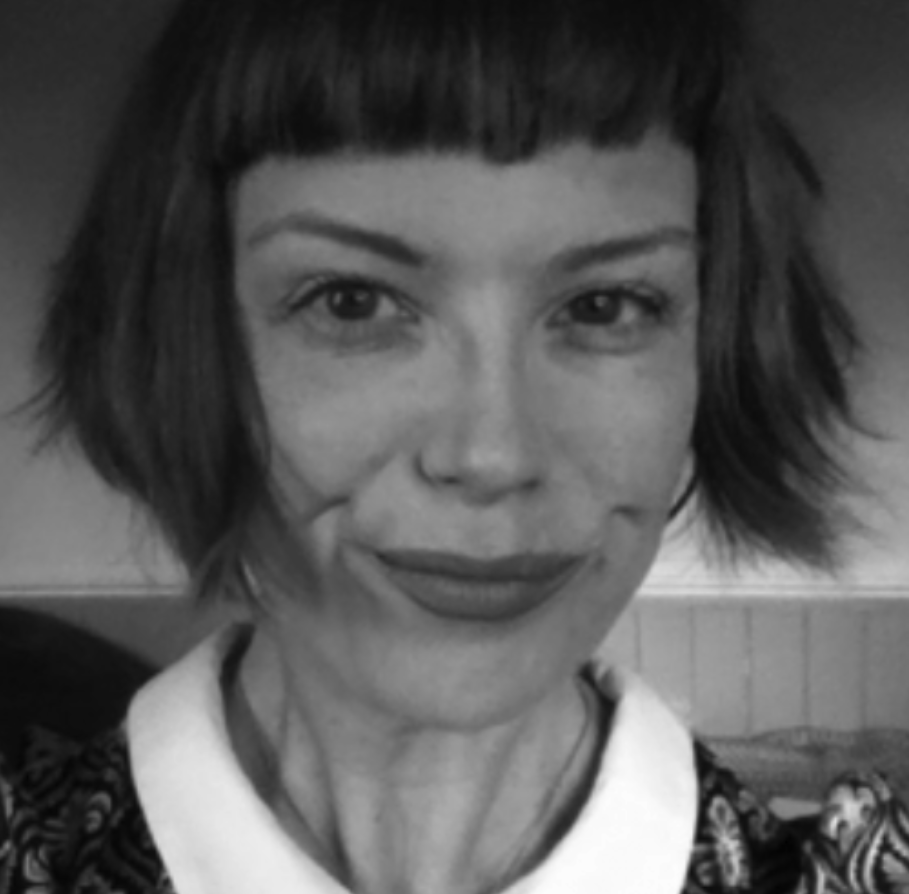Our Creative Director, Sarah Wishart, explains why animation is a brilliant way to raise awareness and stimulate debate on healthcare and human rights.
We’ve just launched our latest Crowdfunder, #RightsSaveLives, because we want to show how central human rights are to NHS workers, and to tell the stories of practitioners and patients through the medium of animation.
It’s our hope that these short films can be used by different medical professionals to explain how their work intersects with key human rights, and how this might benefit patients and the NHS. But it’s not just by chance we’ve decided to use animation.
There’s a long history of animation being used to promote and explain the work of the National Health Service. In 1948, this short animation featuring the character Charley, was created to show the public how the main services would affect an ordinary family. We’re going to follow in this tradition to use animations to help people understand why human rights are so crucial for healthcare.
Animating Difficult Issues
Video Credit: Disney Pixar / YouTube
Perhaps surprisingly, animation can be an excellent tool for conveying serious and difficult issues. Studio Ghibli, a Japanese animation studio, has never shied away from covering loneliness, death, and anti-war messages in their work.
These films enable people who might not have actively sought out a discussion about death or loneliness to engage with these challenging topics.
Sarah Wishart, RightsInfo Creative Director
Now even Disney, through their Pixar studio, addresses topics like mid-life crises (The Incredibles), loss and grief (Up), and mortality (Toy Story 3). There is evidence to suggest that these films enable people who might not have actively sought out a discussion about death or loneliness to engage with these challenging topics. The stories in these films are the driving force, of course, but the form of animation itself works to retain people’s attention and this helps people to engage with some difficult themes.
We’ve Found Three Very Talented Artists
Video Credit: Tom Senior
From the minute this project was mentioned to me, (inspired by three RightsInfo guest articles written by a midwife, a junior doctor and a Sue Ryder nurse) I envisaged a number of animations. I’ve ensured we’re not only getting three different animators bringing their varied talents to the project but also that we have three very different styles. For the birth film, I knew immediately that I wanted an abstract watercolour animation for the voices talking about birth, and Tom Senior, a graduate from the Royal College of Art, was recommended because of his lovely film ‘Sunday Morning’.
For the central film, where a doctor talks about human rights issues they encounters in their work, I talked to Katy Davis, an animator who had done a lot of work for the Royal Society for the encouragement of Arts, Manufactures and Commerce. She was immediately interested and excited by the brief.
Video Credit: Katy Davis / YouTube
Despite animation’s ability to tackle difficult subjects well, some topics, such as end of life care, will still present big challenges. But talking to award-winning animator Anna Eijsbouts made me realise that the sheer beauty of stop-motion animation makes it well-suited to address this emotive topic.
Anna Eijsbouts’ animation website
Animation isn’t the cheapest of mediums, but it enables journeys to places that would be hard to film, and brings new angles and depth to the stories we’re going to hear.
Animation manages to fit in so much more than a filmed talk can, adding layers and layers of detail which could never have been conveyed with just words.
How Animations Might Work For Us
Video Credit: RSA / YouTube
I have always been more than a bit obsessed with animation since I was a little kid, but I got to see just how effective a medium it was when I went to work with the Public Events Team at the RSA, a group of people who were always on the lookout for a lecture that could be turned into an animation.
The beginning of this symbiotic relationship between public talks and animation at the RSA began after artist Andrew Parkes brought his huge talents to scribe at an RSA event, capturing the ideas and subtleties from the talk on a whiteboard at the back of the lecture room. This process was later filmed, and RSA Animates was born. Millions of views and thousands of comments later, fans and subscribers, RSA Animates have revolutionised the field of knowledge visualisation.
Animations have the power to inspire and engage, and this is why we want our health stories to be animated.
Sarah Wishart, RightsInfo Creative Director
In 2013, I began a year-long piece of research into animations and infographics and travelled around the country with the RSA Student Design Awards to pilot an animation brief. I lived and breathed animation that year, and spoke about the experience at animation conferences including one in Viborg in Denmark. Viborg is the animation city of Denmark, with the VIA University College’s School of Business, Technology and Creative Industries housing the world-renowned Animation Workshop, and hosting the huge annual conference bringing the international animation industry and artists together. It was at this conference that I started to really understand the potential of animation.
Animation and Health – The Results Are In!
 Image Credit: Pexels
Image Credit: Pexels
At the conference I heard about the results from a research study from Aarhus University. In the research, animation was used in the pre and post-op information for patients undergoing hip replacement. It demonstrated what happens in the operation and what patients can expect in aftercare.
People were able to go home afterwards, and were less anxious about the operation than people who hadn’t seen the animations. Pressure was also reduced on the healthcare professionals who were looking after them.
The animation demonstrated what happens in the operation and what patients can expect in aftercare. Patients…were less anxious about the operation than people who hadn’t seen the animations.
Sarah Wishart, RightsInfo Creative Director
Animations have the power to inspire and engage, and this is why we want our health stories to be animated. I’m researching those stories right now, travelling around the country to hear from midwives, doctors, nurses, patients and their loved ones – if we can raise enough funding we can make these stories into brilliant animations. Not only do we want to show how important human rights are to health care professionals, we want these animations to be useful to patients and medical staff alike.
Animation and Impact
Video Credit: RSA / YouTube
One thing that never failed to amaze me at the RSA was the many ways in which those animations were used to help people. The RSA Empathy animation, animated by the very same Katy Davis who we’ve asked to animate our central film, helped and inspired so many different people.
It was used for staff training for physical rehabilitation centres across Pennsylvania, at the Kassel Institute for Systemic Therapy and Counselling, by mental health professionals working with teenagers in Melbourne, in training materials for new medical students in the Netherlands and in seminars at weight loss schools. The animation was used as material for the Alzheimer’s society in the UK to help train leaders in dementia care, it was included in a book chapter on bullying in the US, and in sessions for parents ordered by the courts to attend a class on the impact of divorce on children.
One mental health trainer, tasked with engaging hospital staff on how to successfully interact with mental health patients, had often encountered difficulties in getting people to understand empathy through role-play. She felt that the animation managed to encapsulate this process in less than three minutes. “It makes something hard more approachable,” she told the RSA.
This is the future we want for our animations on health – to have a life beyond engaging with our online audiences across the UK – to centre human rights in healthcare, and help healthcare workers and patients in the process.







